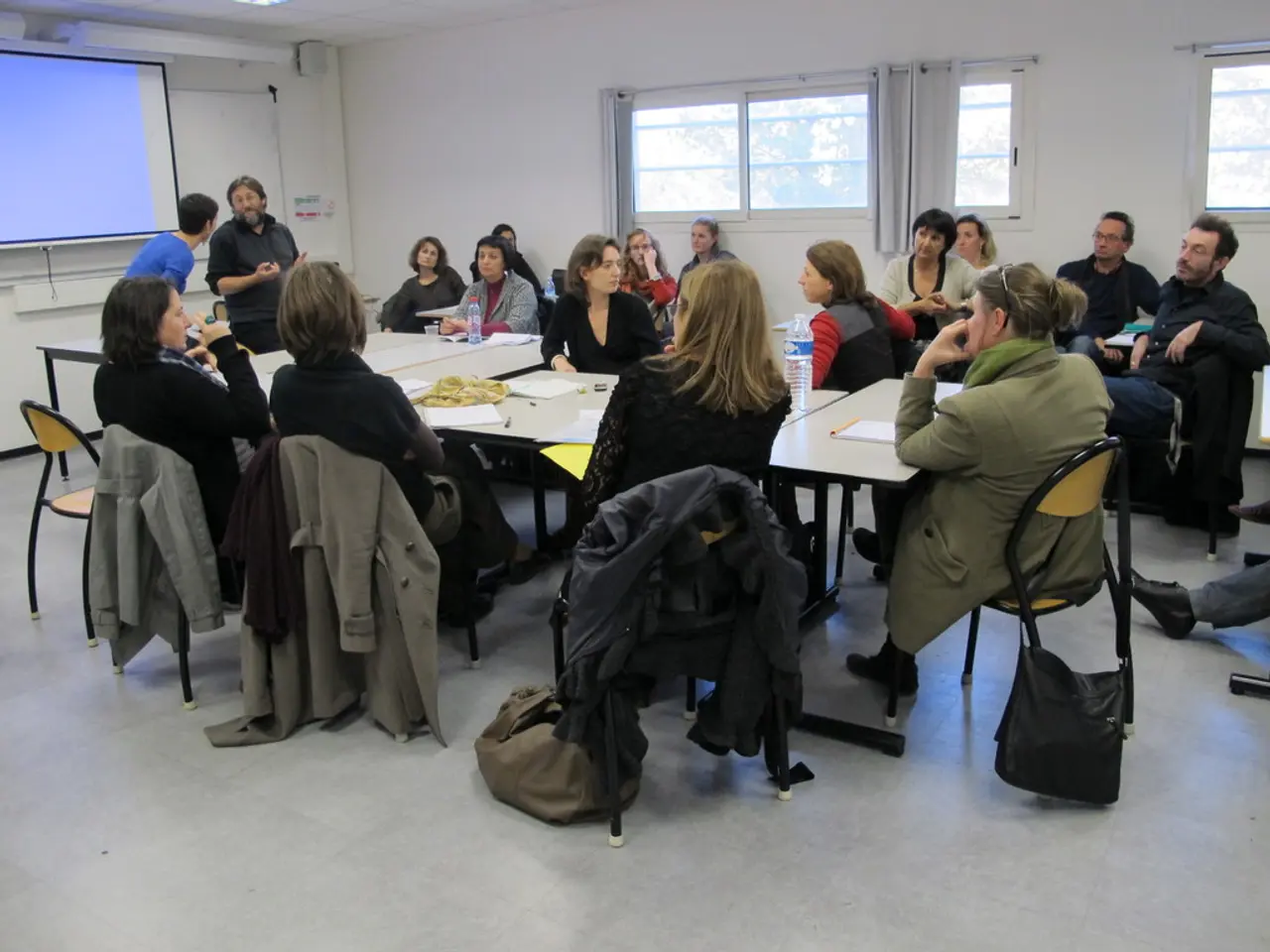Leveraging Virtual Study Groups for Improving Your English Proficiency
Virtual study groups are revolutionizing the way people learn English, offering a flexible, engaging, and practical learning environment for individuals from all over the world. These online platforms facilitate collaboration and improve English skills through the use of technology and interactive tools.
Setting Up a Virtual Study Group
To establish a virtual study group, start by identifying individuals with similar language learning goals. Decide on a platform that suits your needs, such as Zoom or Skype, and establish a regular schedule for meetings. You can find potential members by searching for online forums, social media platforms, or educational websites that focus on language learning communities.
Enhancing Learning with Technology
Technology plays a significant role in enhancing English skills within virtual study groups. Tools like Kahoot, Grammarly, and language exchange platforms provide a wealth of resources to help learners practice and improve their language skills. Integrating these tools can make learning more immersive and interactive, fostering a collaborative and supportive learning environment.
Overcoming Challenges
While virtual study groups offer numerous benefits, they can also face challenges such as coordinating time zones, sustaining engagement, and managing technical issues. Effective management is key to overcoming these challenges and ensuring the success of your group.
The Advantages of Virtual Study Groups
Compared to traditional learning methods, virtual study groups offer several advantages. They provide incredible flexibility, allowing learners to connect from anywhere, anytime. They also offer accessibility, as learners can participate from the comfort of their own homes. Moreover, the use of interactive and multimedia tools makes learning more engaging and practical.
Building a Supportive Learning Environment
An effective learning environment for a virtual study group involves setting clear objectives, encouraging active participation, and incorporating a mix of teaching methods. This approach ensures that learners are motivated, engaged, and making the most of their time in the group.
Real-World Examples
A real-world example of a successful virtual study group is a group of professionals who improved their business communication skills by meeting twice a week to discuss business-related topics. This collaborative environment stimulates communication and continuous practice, essential for mastering a language.
Maximizing Learning
To maximize learning in a virtual study group, set clear personal goals, participate actively, make use of digital tools and resources, attend sessions regularly, and connect with group members outside of scheduled meetings. This approach optimizes engagement, motivation, and improved English proficiency.
Virtual study groups can create a community of learners who motivate each other to improve, share resources, and discuss new ideas. Finding like-minded individuals, setting goals, utilizing technological resources, and fostering an inclusive and interactive learning environment are essential for creating an effective virtual study group.
Research Highlights
Research suggests that interventions combining AI-driven instruction with scaffolding (guided support and structure) yield the greatest proficiency gains compared to AI-only or control groups. This finding underscores the importance of well-organized, scaffolded support within learning setups.
By following these strategies, virtual study groups can positively impact English language learning by providing collaborative, supportive environments that enhance motivation, engagement, and practical language use.
- To enrich learning within a virtual study group, consider incorporating education-and-self-development tools like Kahoot, Grammarly, and language exchange platforms for interactive quizzes, grammar corrections, and language practice.
- Technology not only offers flexibility and accessibility for virtual study groups but also provides a means for building a supportive lifestyle that facilitates language exchange, education-and-self-development, and engagement in learning.
- Streamlining the use of technology, establishing a schedule, and organizing resources can help optimize learning on language exchange platforms and create an effective environment for language skills development, overcoming challenges related to time zones, engagement, or technical issues.




